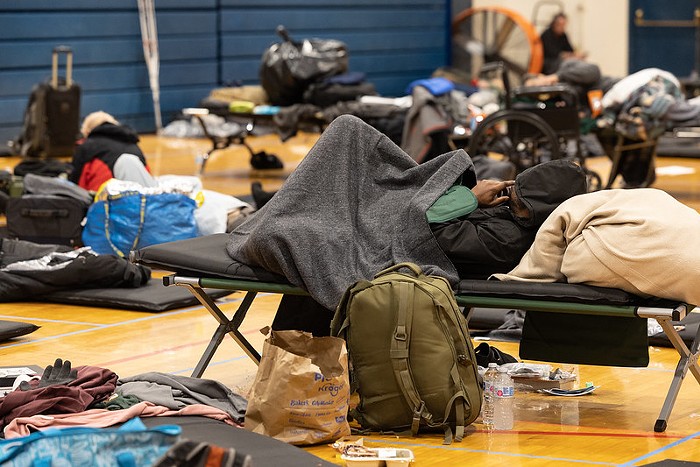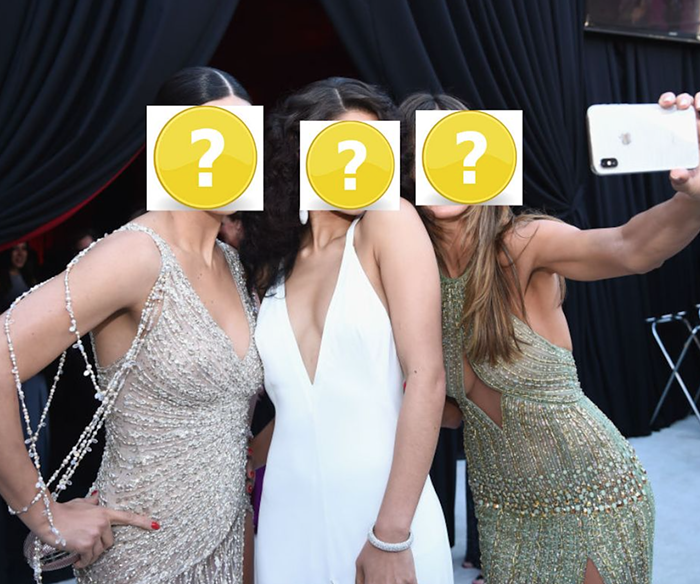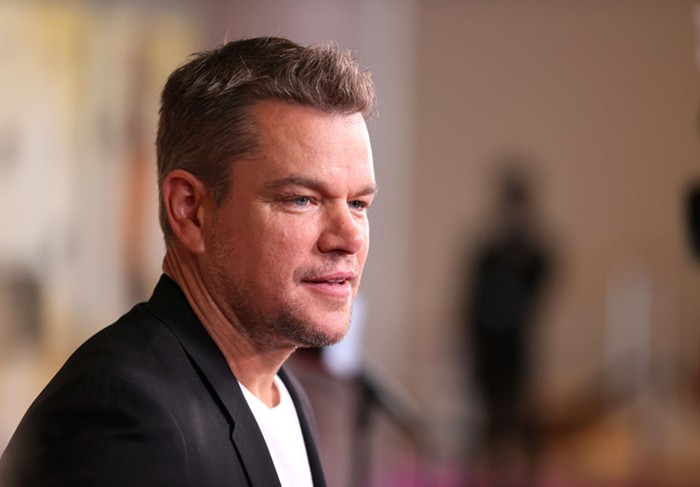The New York Times recently announced its favorite books of the year—first naming 100, and then whittling it down to their top 10 books of the year in both the fiction and nonfiction categories. There was, unsurprisingly, no mention of the paper's favorite art or coffee-table books (although they'll get their own smaller article soon enough), reinforcing the current mode of thinking that says that books are simply for reading—bound pages containing printed words that contain (hopefully) big ideas. Books-as-beautiful- objects is still a relatively ghettoized concept, as is the once-universal sentiment that images and designs can convey at least as much information, sentiment, and argument as words. So in a celebration of both of these convictions, here's a roundup of some of the nicest picture books to cross our desk this winter.
Design Anarchy by Kalle Lasn (Adbuster Media) This one's a massive tome that promises to give your biceps a workout, if not your brain. The book is a seemingly indiscriminate regurgitation of material that influenced Adbusters magazine—from Andreas Gursky photographs to fake ads to pictures of genocide overlaid with quotes by Sappho. Early in the book, one page reads, "What design needs is 10 years of total turmoil... fuck-it-all anarchy... after that maybe it will mean something again...." Actually, design really does "mean something" right now, especially with a renewed interest in exploiting technology to create inexpensive, sustainable products for flood refugees and millionaires alike. What Adbusters and Design Anarchy really seem to be advocating is a celebration of their signature visual style, which flourished a decade ago. This book is loaded with ideas and delicious graphics and images, but in the end, I couldn't help but wonder: "What's the point?"
Nog a Dod, edited by Marc Bell (Conundrum Press) Several years ago, the Canadian art collective Royal Art Lodge enjoyed a very influential 15 minutes in the sun for their super-casual, collective doodle aesthetic, which wound up becoming a genuine art world phenomenon. Doodle's not dead, yet, though—Nog a Dod is a gleeful compendium of nearly a decade of drawings and collages by a group of Vancouver artists working in a similar vein. This trade-paperback-sized volume is bursting at the seams with silly yet skillful ink drawings of singing cubist mutts, photographs of wasps' nests and 20-sided dice, collages of vaginas and mountain lions, and dorky doodles of neckless bikini babes. Few of the individual pages stand alone as knock-out works of art (though some do), but taken as a gestalt effort, Nog a Dod is an alarmingly fun and captivating glimpse at what creative Canadians do during those long winters.
Art Forms in Nature by Ernst Haeckel (Prestel) Rarely does a book inspire so much awe: This reprint of the Darwin-era classic (and its sister volume, Art Forms from the Ocean) ranks among the finest books I've seen all year, despite the unassuming and workmanlike design afforded to them by Prestel. Haeckel was a 19th century biologist and draftsman who set out to illustrate the Rococo, kaleidoscopic designs of nature as evidenced by the curly symmetries of mollusks, jellyfish, arachnids, aphids, antlers, and other organisms unrecognizable to my modern eye. Rendered in taxonomic groups in the most intricate detail against stark backgrounds, Haeckel's illustrations suggest a brilliant design that permeates the natural world—how can snowflakes, amoebas, and seashells look like such close cousins?—while the bookplates look like blueprints for designers across the centuries. From ultramodern fonts to baroque vanities, every curlicue and flourish from art history seems to have originated from the forms Haeckel has so lovingly rendered here.
Least Wanted: A Century of American Mugshots, edited by Mark Michaelson and Steven Kasher (Steidl) In a way, this gorgeous collection of more than 1,000 mugshots isn't so different from Haeckel's volume of biological drawings. Like crustaceans and snowflakes, no two faces are alike, despite their superficially reductive traits. Neither Haeckel's drawings nor these police department's photographic indexes were created with the intent of fulfilling purely aesthetic curiosities a century later, and yet, both succeed wildly at doing just that. Least Wanted reads like the great American novel of presumed innocence: pretty dames with wild eyes, calculated sneers, cocked fedoras, expressions of terrified guilt, and bloated loathing are all on view here, frozen by the unforgiving shutter of a jailhouse camera. Least Wanted is designed to perfection—some shots are grossly enlarged to show the crackled texture of the old photographs; some are reproduced with the handwritten booking sheets that admitted the criminals to jail; and sometimes the designers step back and let the photos talk for themselves. The result is a thick, gorgeous investigation into the criminal element—and presumably, into the falsely accused as well.














